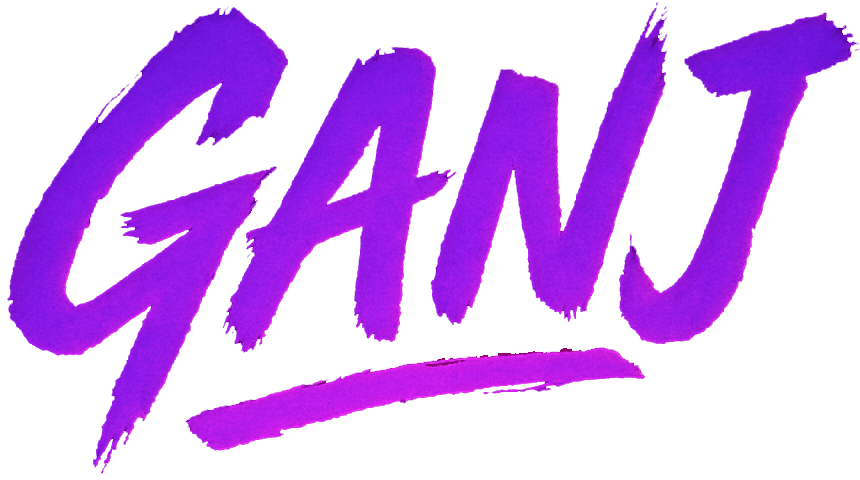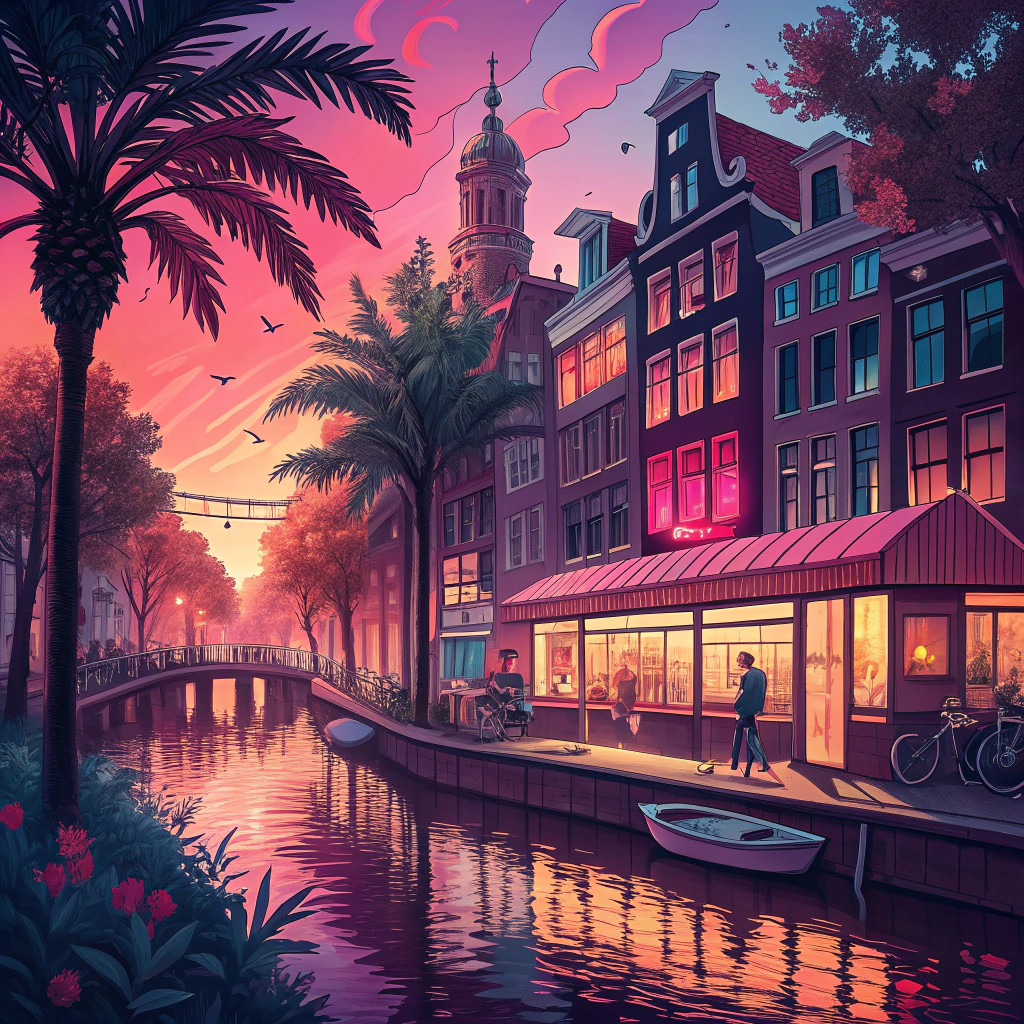Dutch Cannabis Policy Phase Two: The Policy Tightens (1990s)
By the 1990s, the Dutch coffeeshop experiment had matured — but also drawn criticism. International pressure mounted, particularly from France, Germany, and the United States, accusing the Netherlands of being too soft on drugs. Domestically, concerns grew about nuisance in city centers, especially in Amsterdam where tourism was booming.
Authorities responded with tighter rules. Coffeeshops were no longer permitted to sell alcohol alongside cannabis. Minimum distance requirements from schools were introduced. The number of coffeeshops in the country began to decline steadily, from over 1,500 in the mid-1990s to fewer than 700 today. Enforcement became stricter, and municipalities were given more tools to regulate.
This era cemented the paradox: cannabis remained illegal under Dutch law, but tolerated under conditions. The space for coffeeshops shrank, but the system endured, keeping cannabis somewhat normalized while other countries still pursued prohibition.
Sources & Further Reading
- Dutch Ministry of Justice policy papers (1990s)
- Volkskrant archives
- Trimbos Institute publications

